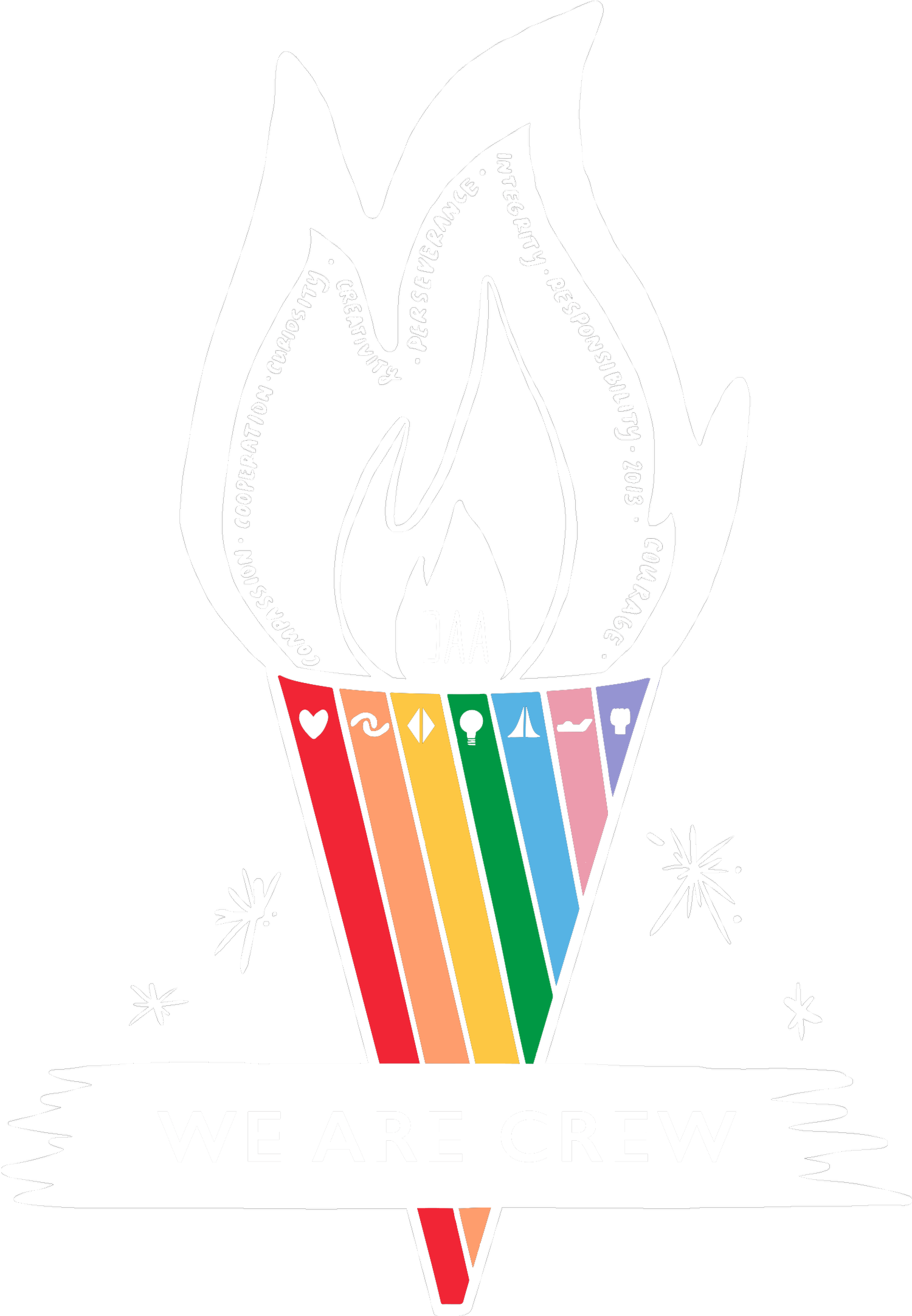5 Ways to Use Pop-Its in the Classroom that Support Academics
Every once in a while, a fidget toy takes over and are seen being used on public transportation, in grocery stores, and, of course, classrooms. Pop-it’s are silicone objects with pressable bubbles, which can be popped and turned over for endless fidgeting fun. Before we begin pressing students to “put them away” or “keep them at home”, I’d like to share several ways that they can be used to support academics outside of their initial (and important) purpose: providing important sensory input to students that may help concentration, self-regulation, and increase access to the classroom environment.
Letter-Sound Identification Practice: The use of an Expo Marker can transform the uses of a pop-it, and writing letters is one of my favorites! One student enjoys popping the ABC’s along with her kindergarten class as they practice letter-sounds, while it can also be used to assess a students’ letter-sound knowledge. I can prompt them to “find the letter K” or ask “which letter makes the /s/ sound?” Students enjoy looking for and popping the letters as they identify them. The same could be done for shapes, numbers, or other subject-specific skill.
Sounding out Words: As students begin to learn to read, it is important that they are able break apart and identify the sounds of the word before blending them together. For example, before we can read “cat”, we must sound it out: “/c/, /a/, /t/”. Using a pop-it to press a bubble for each sound a student hears may give them the tactile input they need in order to solidify this skill.
Math Manipulative: Pop-it’s don’t just have beneficial uses in reading. Students can use them as meaningful manipulatives which can help visualizing math problems. For example, if students encounter a subtraction problem like 9-5, they can pop nine bubbles. Then, starting from the beginning, un-pop five. The remaining popped bubbles will show the number remaining. This can be done with addition problems, multiplication, division, and more!
Breathing Support: Last year, I bought myself a small, keychain version of the pop-it, mostly as a sweet nod to my students rather than a tool I’d envisioned myself using. On a recent plane ride, turbulence kicked in and I remembered this pop-it on my book bag. Using the bubbles, I focused on my breathing, in and out, until the plane was moving smoothly again. Students can use this tool in the same way throughout the school environment as a way to focus their attention, calm themselves down, or to deal with tough emotions that come up.
Visual Discrimination: Visual discrimination is an important skill that is applied daily and throughout all classroom environments. Provide a separate pop-it, picture, or photograph of the pop-it with certain bubbles pressed down and others left up. You can get creative and pop them to make letters, numbers, or shapes. The student then uses their own pop-it to determine which bubbles need to be pressed in order to match the model.
Fidget toys can be an important and engaging tool to be used in the classroom in more ways than one! Embracing them can foster excitement, focus, and increase academic skills. It can also create a more inclusive, accessible classroom for all students. So, what are you waiting for!?




